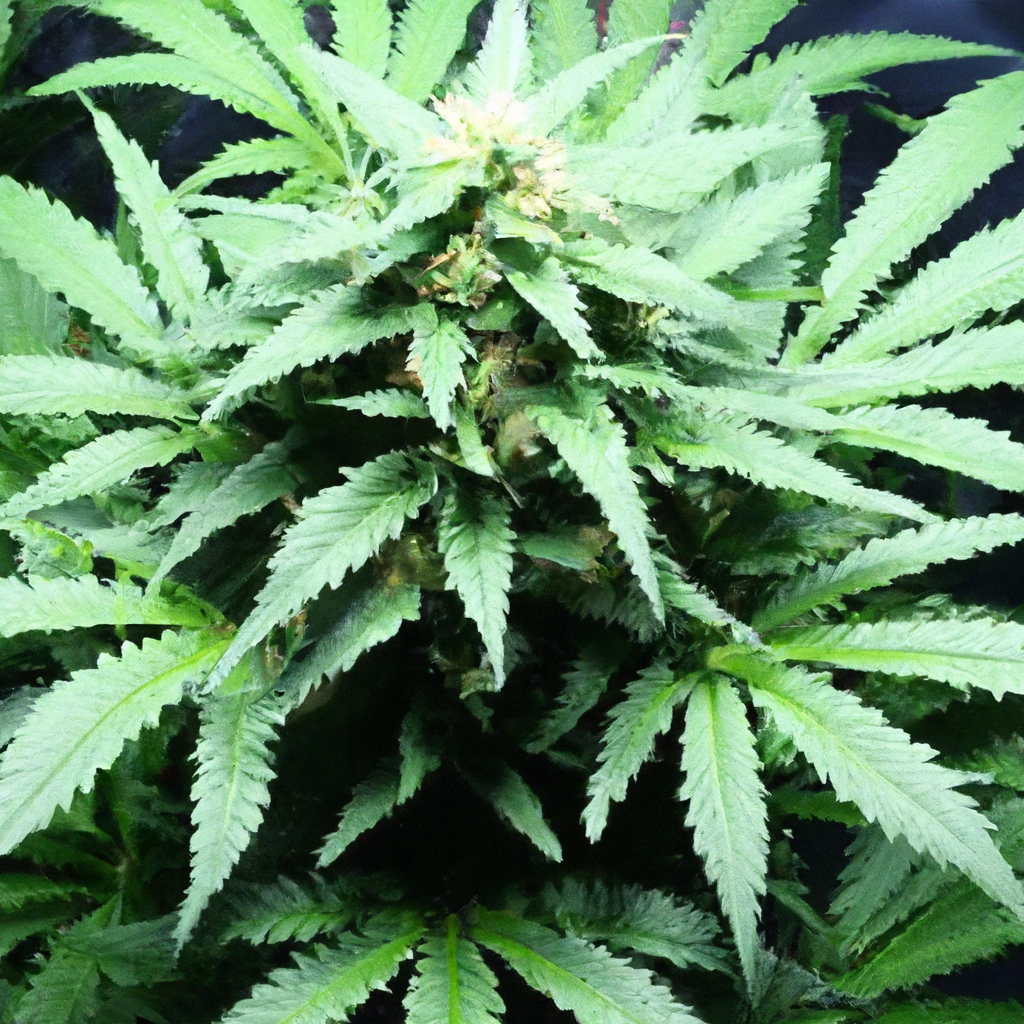Your cart is currently empty!
Growing cannabis requires a delicate balance of factors, one of the most crucial being humidity control. Proper humidity management can mean the difference between thriving plants and a disappointing yield. In this guide, we’ll explore the best practices for maintaining optimal humidity levels throughout the cannabis growth cycle.
Introduction to Cannabis Humidity Control
Humidity plays a vital role in the health and growth rate of cannabis plants. It influences processes such as nutrient uptake and photosynthesis. Understanding and controlling humidity levels are essential for preventing common problems like mold, mildew, and pest infestations.
Optimal Humidity Levels for Each Growth Stage
- Seedling Stage: Young cannabis plants thrive in a more humid environment, with levels ranging from 65% to 70%. This high humidity helps in maximizing moisture absorption, essential for early growth.
- Vegetative Stage: At this stage, reduce humidity slightly to around 55% to 60%. Ensuring adequate airflow is crucial to support the rapidly growing plant structure and to prevent damping-off.
- Flowering Stage: Once your cannabis plants start flowering, aim for humidity levels between 40% and 50%. This reduction helps prevent mold and enhances the potency by encouraging resin production.
- Late Flowering Stage: As harvest approaches, further decrease humidity to about 30% to 40% to optimize terpene retention and prevent bud rot.
Techniques for Managing Humidity
Here are some effective techniques to maintain optimal humidity levels in your grow space:
- Use Humidifiers and Dehumidifiers: Investing in a quality humidifier or dehumidifier can make all the difference. Use them to adjust the environmental conditions to suit each growth phase.
- Monitor with Hygrometers: Ensure you have an accurate hygrometer to continuously monitor humidity levels, allowing you to make precise adjustments.
- Adequate Ventilation: Set up efficient air circulation systems, such as oscillating fans, to maintain a fresh, well-ventilated growing environment that can help control excess humidity.
- Temperature Control: Integrate a temperature control system with your humidity management. Cooler air holds less moisture, so adjusting temperatures can help manage humidity levels naturally.
Solutions to Common Humidity Challenges
Managing humidity can be challenging, as fluctuations can lead to several problems. Here are common issues and their solutions:
- Mold and Mildew: If you spot signs of mold, immediately reduce humidity levels and increase airflow to the affected plants. Consider using a commercial mold control solution if necessary.
- Stunted Growth: High humidity during the flowering stage can restrict bud development. Lower the humidity and check for proper drainage to encourage healthy growth.
- Pest Infestations: High humidity can attract pests like spider mites. Lower humidity and introduce beneficial insects or use organic pest control sprays to manage infestations.
Conclusion
Mastering humidity control is a critical aspect of successful cannabis cultivation. By maintaining the right humidity levels, you can optimize plant health, enhance flavor and potency, and prevent common issues that can ruin your yield. Incorporate these techniques into your grow routine for a bountiful, high-quality harvest.
Discover more from Magic Clones
Subscribe to get the latest posts sent to your email.


Leave a Reply